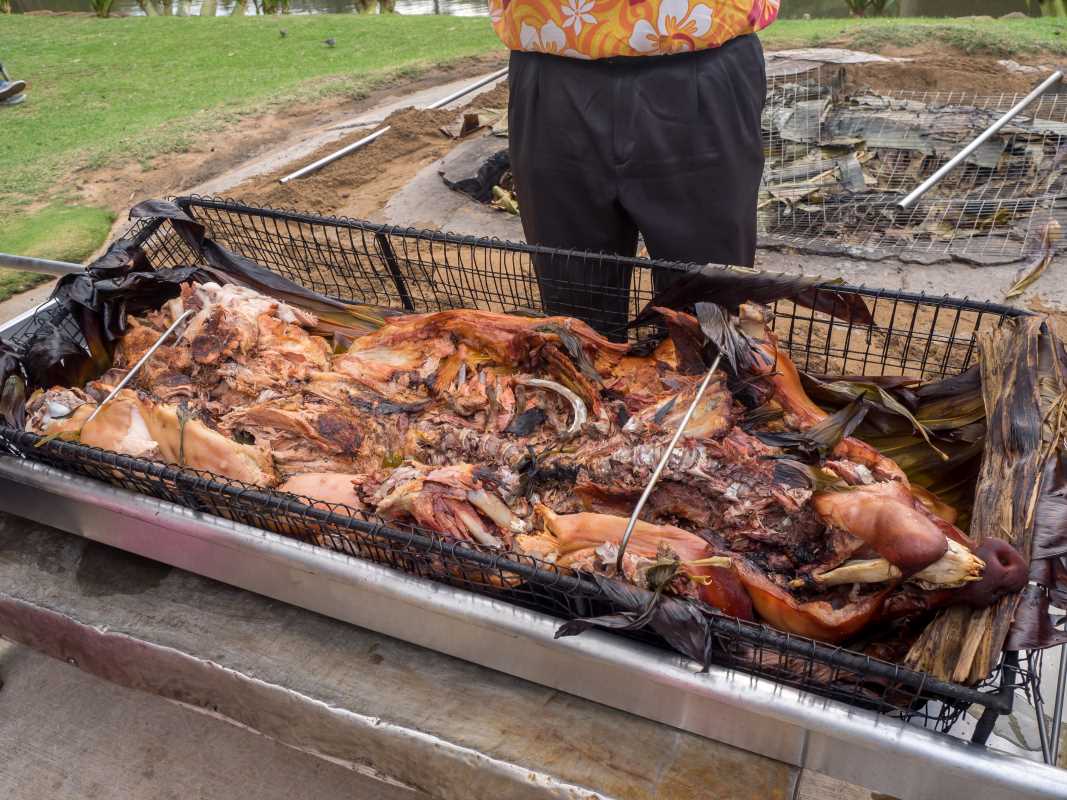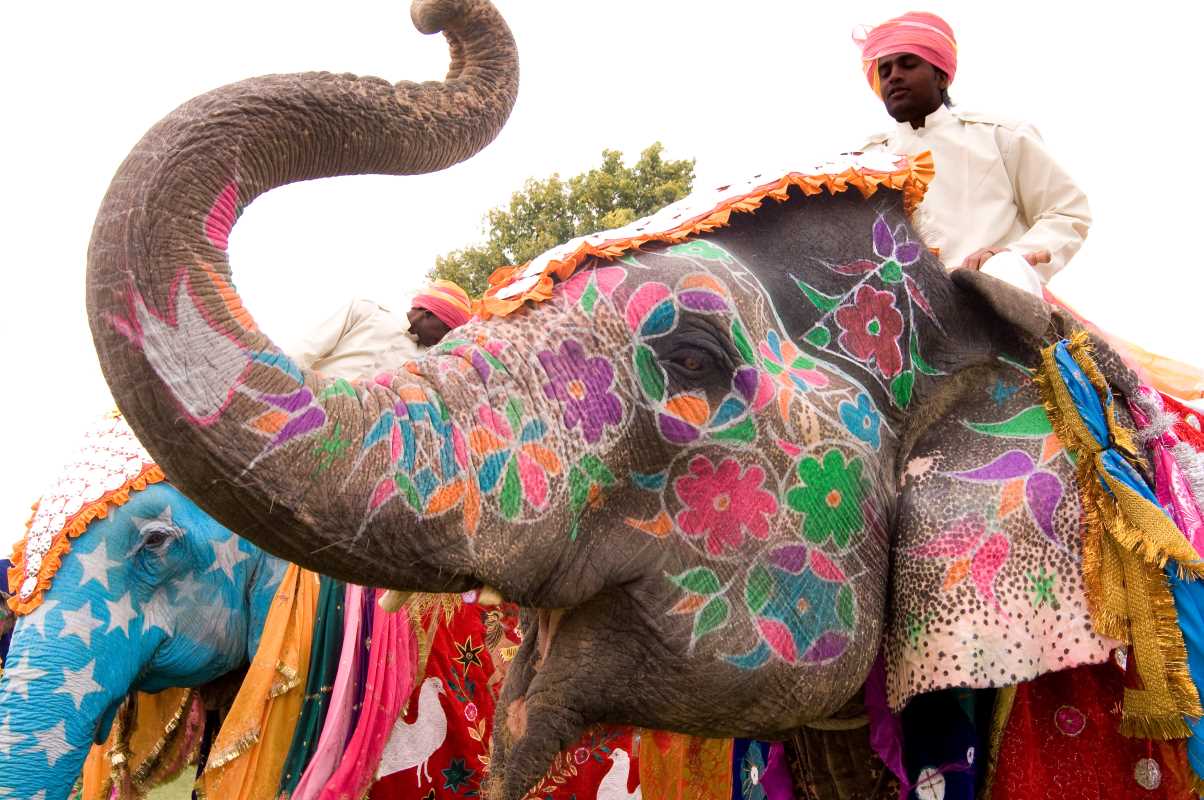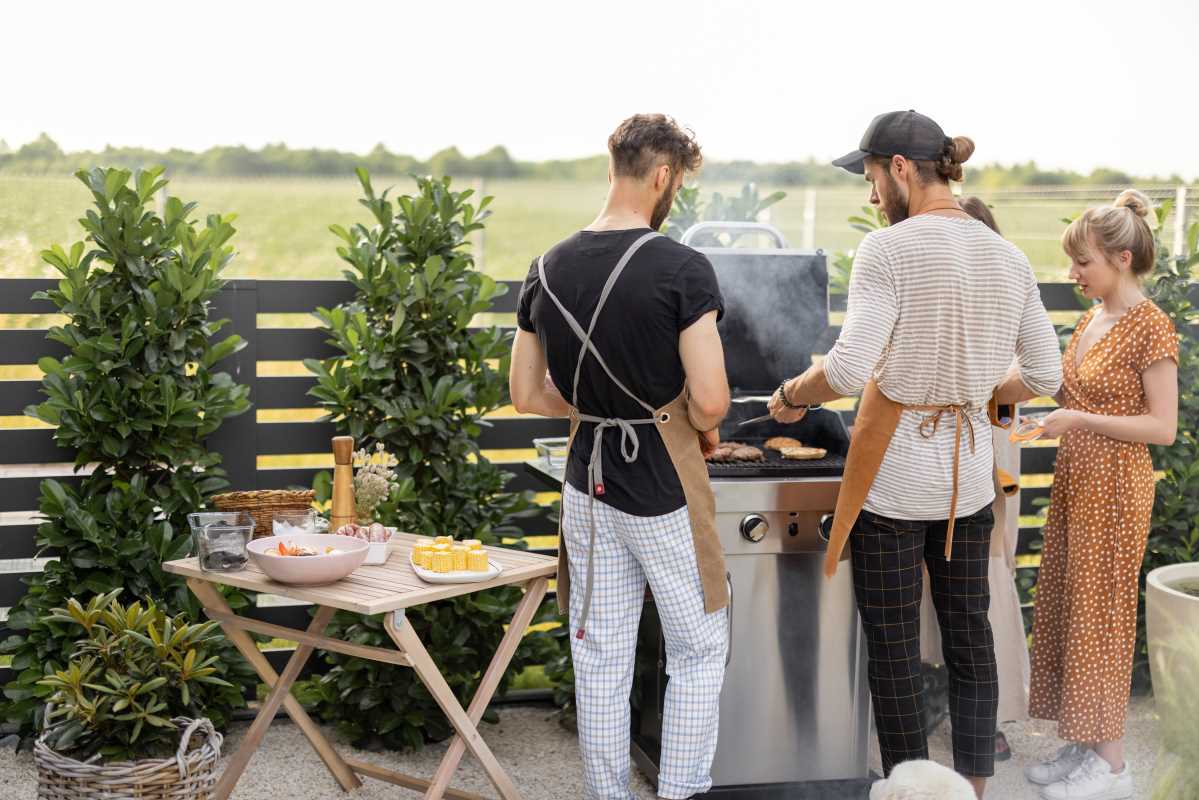Cooking is one of the most universal yet culturally distinct practices that humans share. Among the many ways to prepare food, underground cooking stands out as an ancient and fascinating technique. Across the globe, different cultures have mastered the art of using the earth as a natural oven to cook flavorful, tender dishes. These methods hold not only culinary significance but also deep cultural importance, often rooted in traditions, rituals, and celebrations. From the Hawaiian imu to the Mexican barbacoa, the New Zealand hangi, and the Indian tandoor, underground cooking techniques provide a lens through which we can explore history, community, and gastronomy.
Ancient Roots of Underground Cooking
Underground cooking techniques date back thousands of years. Early civilizations discovered that burying food in the ground and cooking it with fire or hot stones was an effective way to evenly cook large amounts of food. The insulation provided by the earth traps heat and steam, creating ideal conditions for slow cooking. This method also requires minimal equipment, making it practical for groups living in different climates and terrains.
Interestingly, underground cooking often transcends mere sustenance, becoming a communal activity.
- Across cultures, these methods are frequently tied to festivals, celebrations, and rituals.
- The act of preparing and cooking food underground is labor-intensive and time-consuming, requiring teamwork.
- This turns cooking into a social event, fostering connections among families and communities.
Hawaiian Imu
The imu, a traditional Hawaiian cooking method, is central to the festive luau. The process involves digging a shallow pit in the ground, lining it with stones, and heating them with wood. Once the stones are red-hot, layers of banana leaves or other vegetation are added, followed by the food—usually a whole pig, known as kalua pork, along with vegetables such as sweet potatoes and taro. Everything is covered with more leaves and a damp cloth, then buried with earth to trap the heat and steam.
Cooking in an imu can take several hours, but the result is well worth the wait. The pork emerges juicy, tender, and infused with a smoky, earthy flavor unique to this method. Beyond its culinary appeal, the imu forms the centerpiece of Hawaiian gatherings, symbolizing togetherness and respect for the land and its resources.
Mexican Barbacoa
Barbacoa, a tradition from Mexico, involves steaming meat in an underground pit for hours until it becomes incredibly tender. This method, which dates back to pre-Hispanic times, typically features lamb, goat, or beef wrapped in maguey (agave) leaves to impart a distinct flavor. The pit is dug, often lined with hot stones, and the meat is slowly cooked, producing succulent cuts that fall off the bone.
Barbacoa is much more than a cooking style—it is steeped in tradition.
- Often prepared for weddings, baptisms, or other significant occasions, it brings families and communities together.
- The communal preparation and long cooking process make it an event in itself, emphasizing the importance of food as a medium for connection.
- Interestingly, this ancient technique has heavily influenced modern barbecue practices around the world, particularly in the Americas.
New Zealand Hangi
The Maori people of New Zealand have perfected the art of the hangi, an underground cooking method that has been used for over 2,000 years. To prepare a hangi, a pit is dug in the ground and lined with hot stones. Food, which often includes meat, fish, and root vegetables, is placed in baskets or wrapped in leaves, then buried under soil or cloth. The food steams slowly alongside the stones, absorbing a unique, earthy aroma.
A hangi is often prepared for special events such as birthdays or national celebrations. While it is a labor-intensive process, the shared effort forges a bond among participants. Today, while modern alternatives like ovens have replaced the hangi for everyday cooking, this traditional method thrives as a cherished cultural practice during ceremonial occasions.
Indian Tandoor
While the Indian tandoor is technically a vertical clay oven rather than an underground pit, its concept is closely related. Originating in the Indus Valley Civilization, the tandoor has long been a staple in Indian and Central Asian cooking. Traditionally, a tandoor is set partly underground and uses charcoal or wood to create extremely high heat. It is used to cook everything from naan bread to marinated meats like chicken tikka or kebabs.
The tandoor’s historical significance lies in its versatility and efficiency. It provides a high-heat environment necessary for specific textures, such as the charred yet juicy finish of tandoori dishes. Indian cuisine owes much of its global appeal to this traditional cooking method, which bridges ancient techniques and modern culinary innovation.
Influence on Modern Culinary Practices
The legacy of underground cooking is evident in numerous modern culinary traditions. Techniques like slow cooking in foil, pressure cooking, and even sous vide are inspired by the principles of heat retention and even cooking found in underground methods. Restaurants worldwide have adopted flavors and styles reminiscent of these ancient techniques, offering dishes like smoked meats, wood-fired breads, or barbecue with a similar depth of flavor.
- Underground cooking has also become a symbol of sustainable cooking.
- Using natural resources like stones, leaves, and earthen pits aligns with the growing global emphasis on eco-friendly practices.
- Its communal aspect, too, encourages people to slow down, share meals, and reconnect with time-honored traditions.
Underground cooking methods are more than techniques—they are an expression of culture and identity. They tell a story of resourcefulness, tradition, and community. Whether you’re enjoying a plate of kalua pork at a Hawaiian luau, savoring barbacoa tacos in Mexico, or experiencing the smoky flavors of a hangi in New Zealand, you’re partaking in a tradition shaped by history and heritage. These methods remind us that cooking is not only about food—it’s also about the people, the stories, and the values that make each culture unique.
By celebrating and preserving these ancient practices, we honor the rich tapestry of human civilization and the enduring power of food to bring us together.







